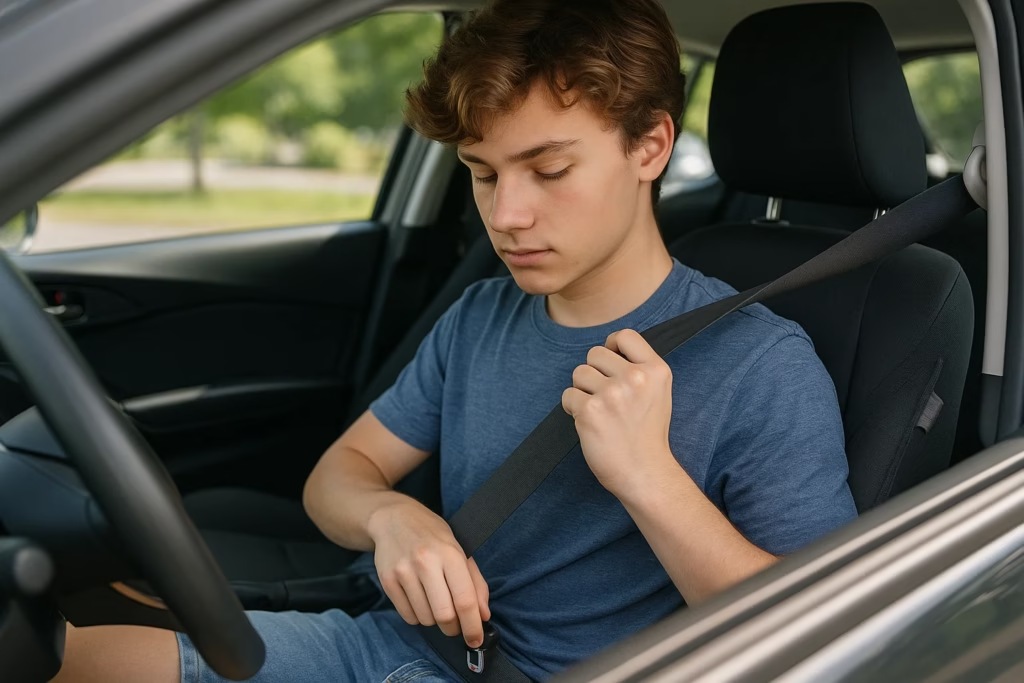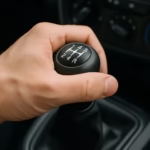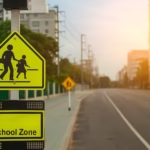Learning to drive is exciting—it gives you freedom, independence, and confidence. But being behind the wheel also comes with a big responsibility: safety. For new drivers, the road can feel overwhelming with so many rules, signs, and unexpected situations. That’s why it’s important to follow simple but powerful safety rules that keep you, your passengers, and others safe.
In this guide, we’ll go through the top safety rules every new driver must know. Each rule is explained in simple English so you can remember and apply it on every drive.
01. Always Wear Your Seatbelt
The seatbelt is the simplest and most effective safety feature in your car. Studies show that seatbelts reduce the risk of serious injury in a crash by up to 50%. For new drivers, it should become a habit: no seatbelt, no driving.
👉 Also, make sure every passenger buckles up before you start moving.
02. Follow Speed Limits
Speed limits are not just numbers on a sign. They are designed based on the road, traffic, and safety conditions. Driving too fast reduces your reaction time and increases the force of an accident.
For new drivers, it’s tempting to test the car’s speed, but remember: arriving late is always better than not arriving at all.
Tip: Use cruise control (if your car has it) on highways to maintain a steady speed.
03. Keep a Safe Following Distance
Many new drivers make the mistake of following the car in front too closely. If the car suddenly brakes, you won’t have enough time to stop. The general rule is the “three-second rule”:
Pick a point on the road (like a sign or tree).
When the car in front passes it, start counting “one-thousand-one, one-thousand-two, one-thousand-three.”
If you pass the same point before finishing, you’re too close.
Increase the distance in bad weather or at night.
04. Never Drive Distracted
Phones, music, eating, or even chatting too much with friends can distract you. For new drivers, distractions are especially dangerous because you’re still learning to react quickly.
👉 Make a rule for yourself: phone stays away while driving. If you must use GPS, set it before starting your trip.
05. Respect Traffic Lights and Signs
Traffic lights and road signs are like the language of the road. They guide traffic smoothly and safely. Ignoring them can cause accidents and fines.
New drivers should practice recognizing signs and reacting properly: stop signs mean a full stop, not just slowing down; yield signs mean let others go first.
06. Don’t Drink and Drive
Alcohol slows your reaction time and affects judgment. Even a small amount can make you unsafe. For new drivers, the rule should be simple: if you drink, don’t drive.
With ride-sharing apps and taxis available, there’s always a safer option.
07. Adjust to Weather Conditions
Rain, fog, and snow change how your car handles. Roads get slippery, visibility drops, and braking takes longer. New drivers should learn to slow down and drive carefully in bad weather.
👉 Always turn on headlights in low visibility.
👉 Keep extra distance from the car in front.
👉 Avoid sudden braking or sharp turns.
08. Check Your Blind Spots
Mirrors don’t show everything. Blind spots are areas beside your car where other vehicles can hide. Before changing lanes or merging, always:
Check your mirrors.
Turn your head briefly to check the blind spot.
Signal, then move if safe.
09. Use Indicators Every Time
Turn signals (indicators) are how you “talk” to other drivers. Failing to use them is confusing and dangerous.
👉 Signal early when changing lanes, turning, or merging. This gives others time to react.
10. Don’t Drive Tired
Driving while tired is just as dangerous as drunk driving. Sleepiness slows reactions and can make you drift off.
👉 If you feel tired, stop in a safe place and rest. Even a short nap helps.
Driving is a skill that improves with time and practice, but safety must always come first. By following these rules—seatbelts, speed limits, no distractions, patience, and awareness—you’ll build good habits that protect you and others on the road.
Remember, being a safe driver doesn’t mean being a perfect driver. It means making smart choices every time you’re behind the wheel.
Discover more from SMOOTHSTEERING
Subscribe to get the latest posts sent to your email.




Pingback: How to Drive Safely in Parking Lots